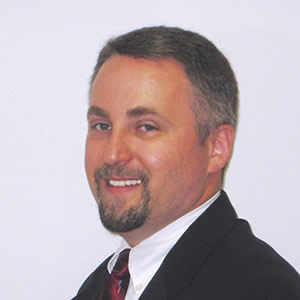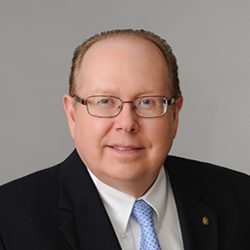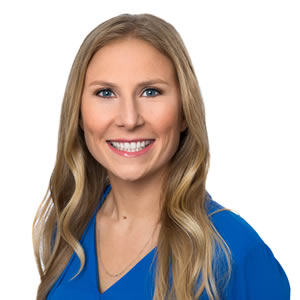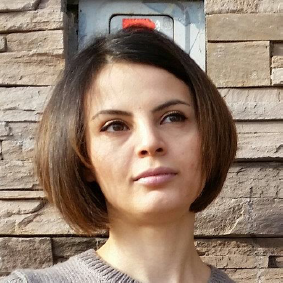Webinar on Cold-Formed Steel Attachment to Concrete in Seismic Zones
$100.00
Continuing Education Credits Available – 1.5 PDH Credits
For decades, Power- Actuated Fasteners (PAFs) have been used in the construction industry as a safe, reliable, and productive method to fasten various building components-such as cold-formed steel (CFS) framing-to steel and concrete. Code provisions for the use of PAFs in seismic areas for attachments of cold-formed metal framing to concrete have been subject to various interpretations. This presentation will provide recommendations based on Hilti’s understanding of the code provisions.
AISI S100-16, North American Specification for the Design of Cold-Formed Steel Structural Members, 2016 Edition (including the latest supplements), provides some basic provisions regarding calculation of the shear and tension resistance of a connection between CFS and concrete, but does not provide specific equations or values. In addition, Chapter 13 of ASCE/SEI 7-16, Minimum Design Loads and Associated Criteria for Buildings and Other Structures, includes some restrictions regarding the use of PAFs in Seismic Design Categories (SDC) D, E, and F. Chapter 13 is entitled “Seismic Design Requirements for Nonstructural Components,” so the focus is on nonstructural applications like partition walls.
This presentation is designed to clarify the intent of the language in the code-referenced publications AISI S100 and ASCE/SEI 7-16 as it relates to PAFs used to attach track to concrete, in SDC A-C and SDC E-F. The presentation will also provide practical guidance to the designer regarding which design values should be used and where those values can be obtained. Additional practical recommendations will be provided regarding the specification of various types of PAFs and their embedment depths into the concrete.
Christopher Gill, Hilti Inc.

Chris Gill is the Technical Services Manager for Direct Fastening at Hilti in Plano, Texas. He is responsible for the department which performs product testing, generates technical data, publishes technical documents, and obtains approvals and listings for power-actuated and screw-fastening products. He is a member of the American Iron and Steel Institute (AISI) Committee on Specifications, and a voting member of its subcommittees responsible for connections and joints, and diaphragm design. Chris recently participated in the 2020 NEHRP Provisions Update Committee, Issue Team 9, which addressed alternate provisions for seismic diaphragm design, and recommended new provisions for incorporation into ASCE/SEI 7. He has also contributed to the soon-to-be published ASCE/ SEI Design Guide “Cold-Formed Steel Connections to Other Materials.”
Chris has a total of 33 years working in the fastening and anchoring industry. He previously worked as a field engineer, field engineering manager, trade manager and product manager with Hilti. He holds a B.S. degree in Engineering from Brown University and an M.S. degree in Engineering and Technology Management from Oklahoma State University.
In order to receive credit for this course, you must complete the quiz at the end and pass with at least 80% for a certificate to be generated automatically




 Jonathan Humble is a Regional Director of Construction Codes and Standards for the American Iron and Steel Institute (AISI). He holds Bachelor’s and Master’s degrees in Architecture from the University of Wisconsin-Milwaukee, is licensed as an architect in Connecticut and Massachusetts, is NCARB-certified, and holds a LEED AP-BD+C credential. He has received architectural awards for his designs while in the practice of architecture.
Jonathan Humble is a Regional Director of Construction Codes and Standards for the American Iron and Steel Institute (AISI). He holds Bachelor’s and Master’s degrees in Architecture from the University of Wisconsin-Milwaukee, is licensed as an architect in Connecticut and Massachusetts, is NCARB-certified, and holds a LEED AP-BD+C credential. He has received architectural awards for his designs while in the practice of architecture. Presenter: Roger LaBoube, Ph.D., P.E.
Presenter: Roger LaBoube, Ph.D., P.E. 


 Presenter: Natasha Zamani, Ph.D., P.E.
Presenter: Natasha Zamani, Ph.D., P.E.